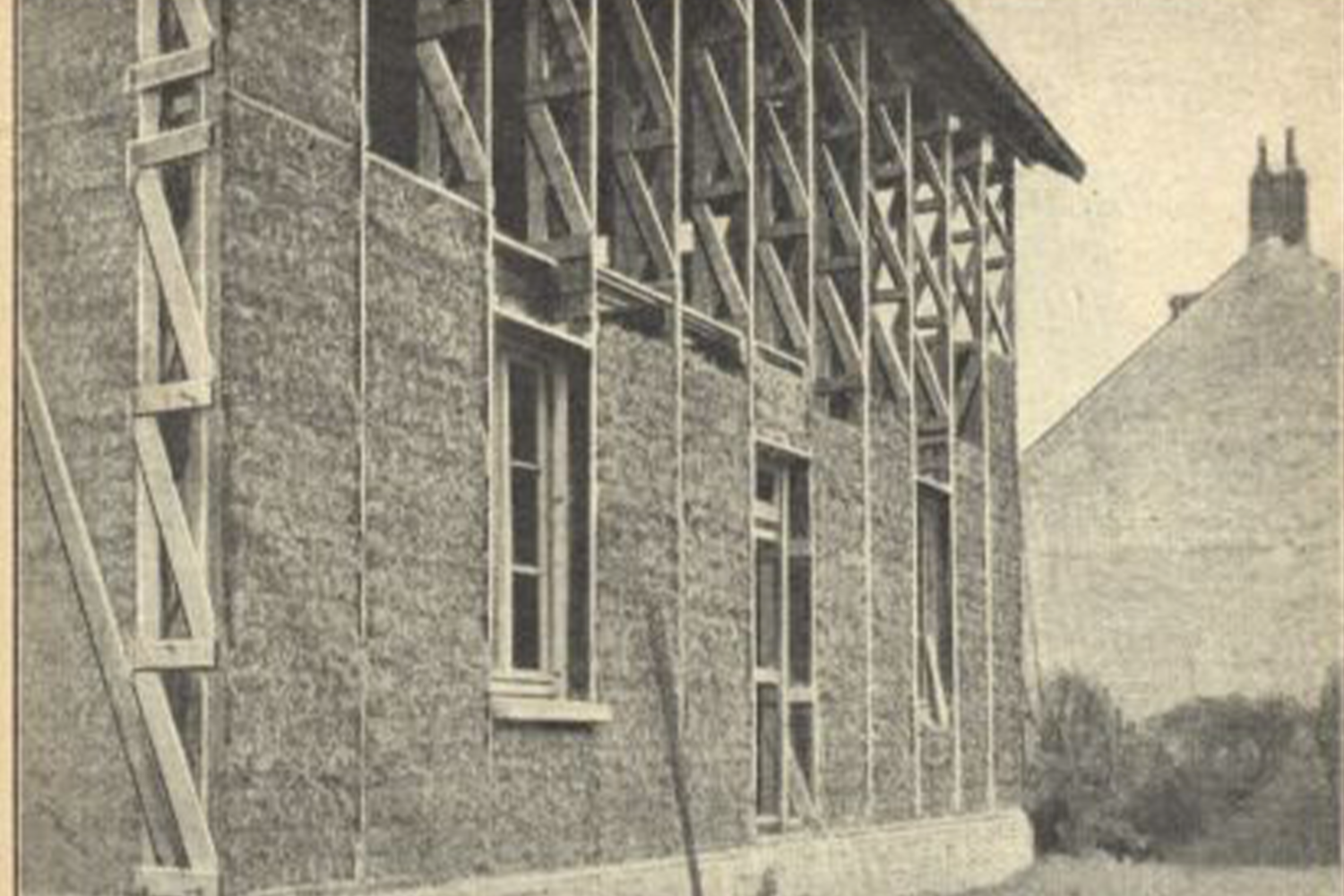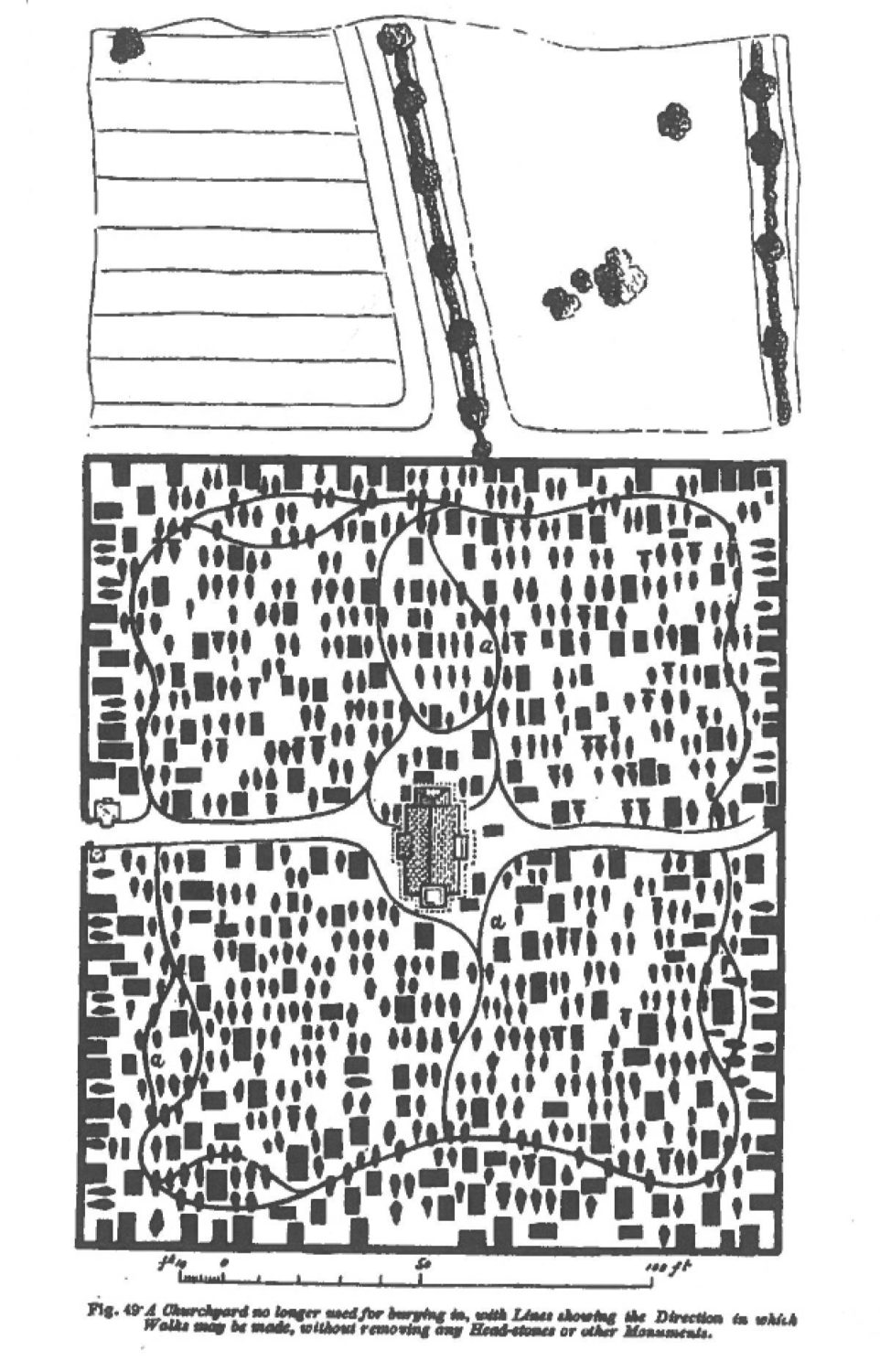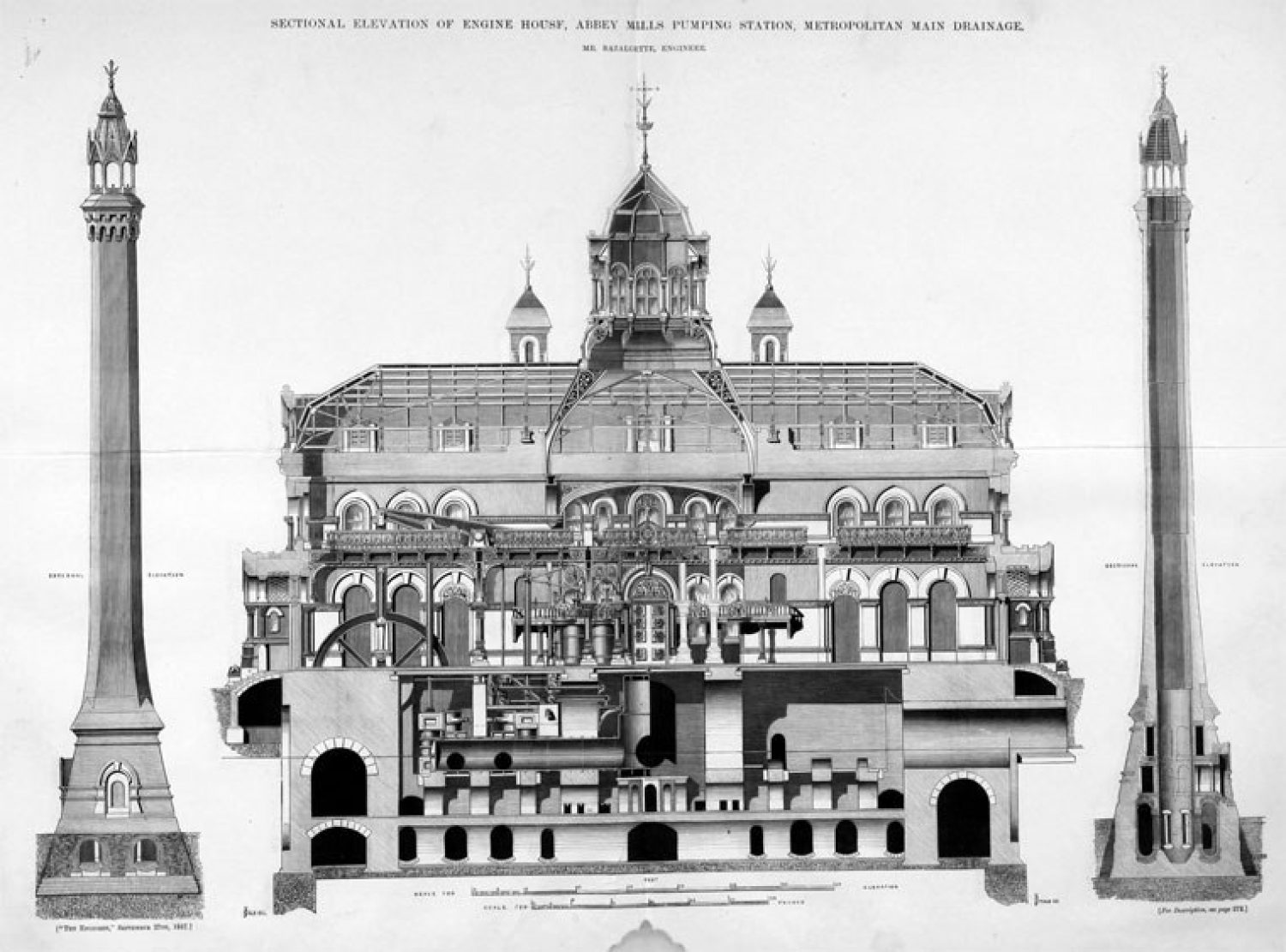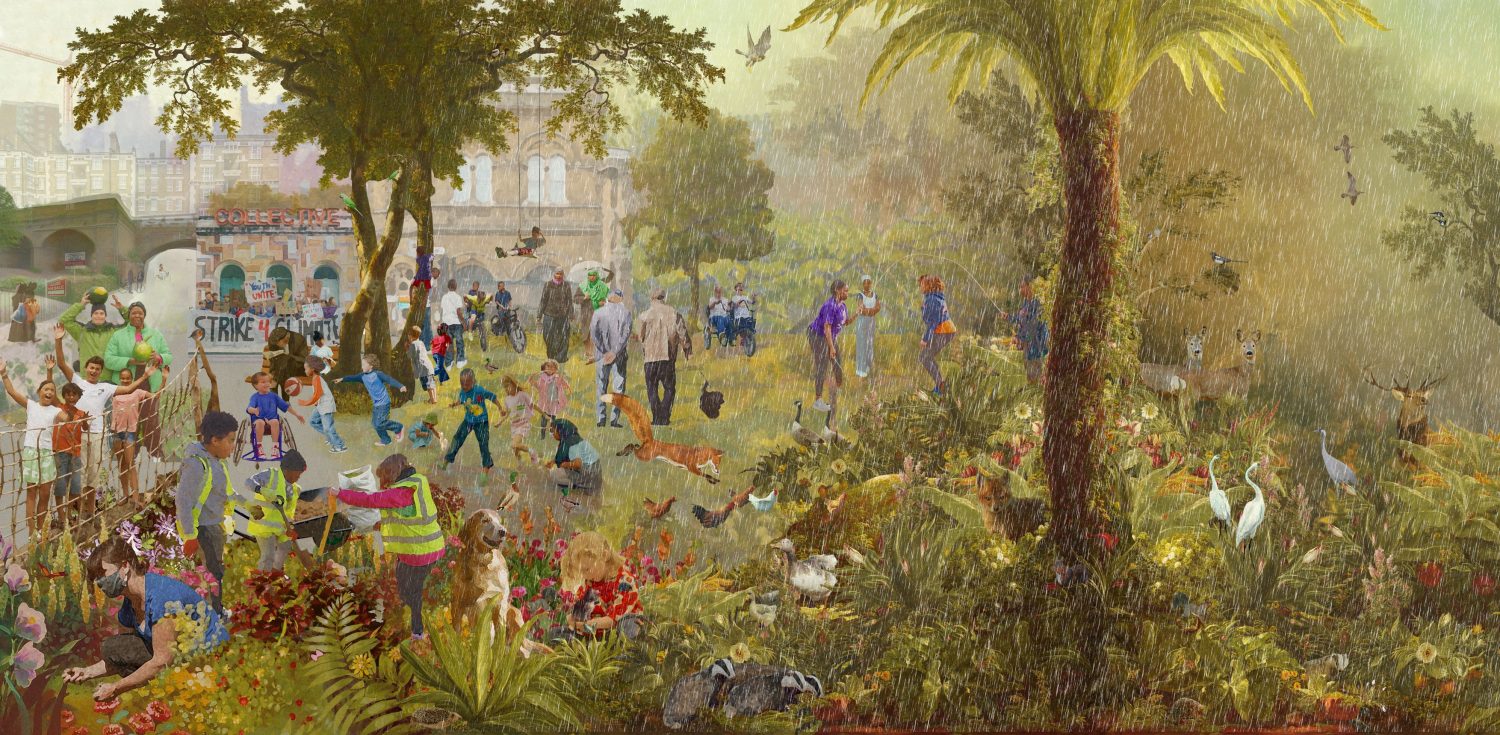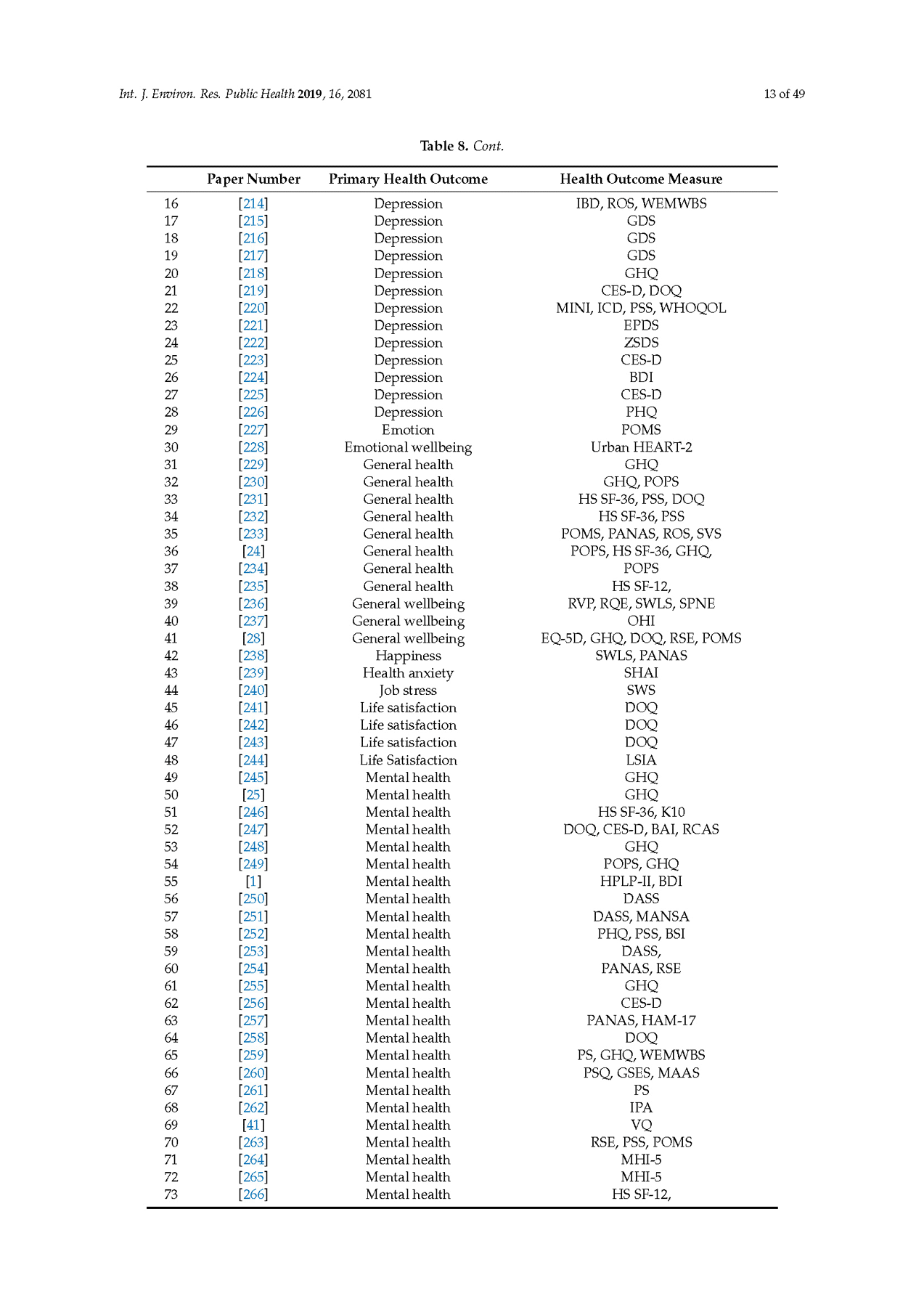The Sea of Glass
The Lea Valley was, and still is, a vital place for horticulture. Often described as the Cucumber Capital of Britain or London’s Salad Bowl, there is another picturesque epithet that defines her: the Sea of Glass.
The Lower Lea Valley has been noted for its market gardens and plan nurseries since the eighteenth century. With the coming of the railway and the abolition of the tax on glass, the commercial glasshouse industry developed until, in the 1930s, the Lea Valley had the largest concentration of glasshouses in the world.
By 1950 around 1300 acres were under glass.
Today, the area has just about 300 acres under glass, but with agricultural advancements, the productivity exceeds that of 70 years ago. The Lea Valley continues to produce around 75% of Britain's cucumbers and sweet peppers.
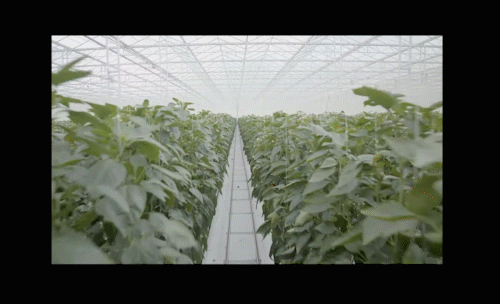
Extract from Lea Valley Growers' Association Film
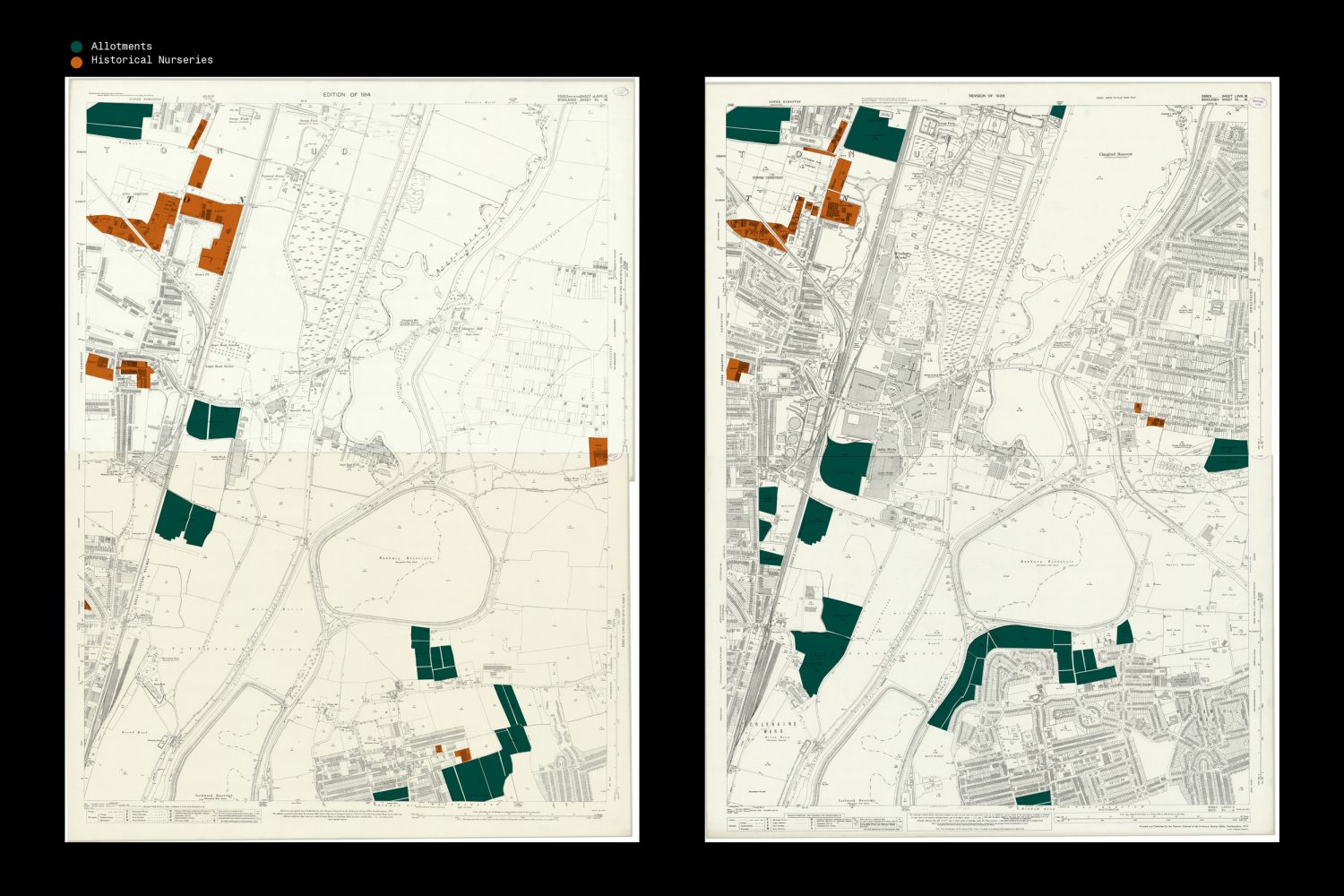
Historical Nurseries and Allotment, Lower Lea Valley, 1913 and 1935
Essex New Series 1913, n LXXVII.4 and n LXVIII.16
Essex New Series 1913, Revised 1935 n LXXVII.4 and Revised 1936 n LXVIII.16
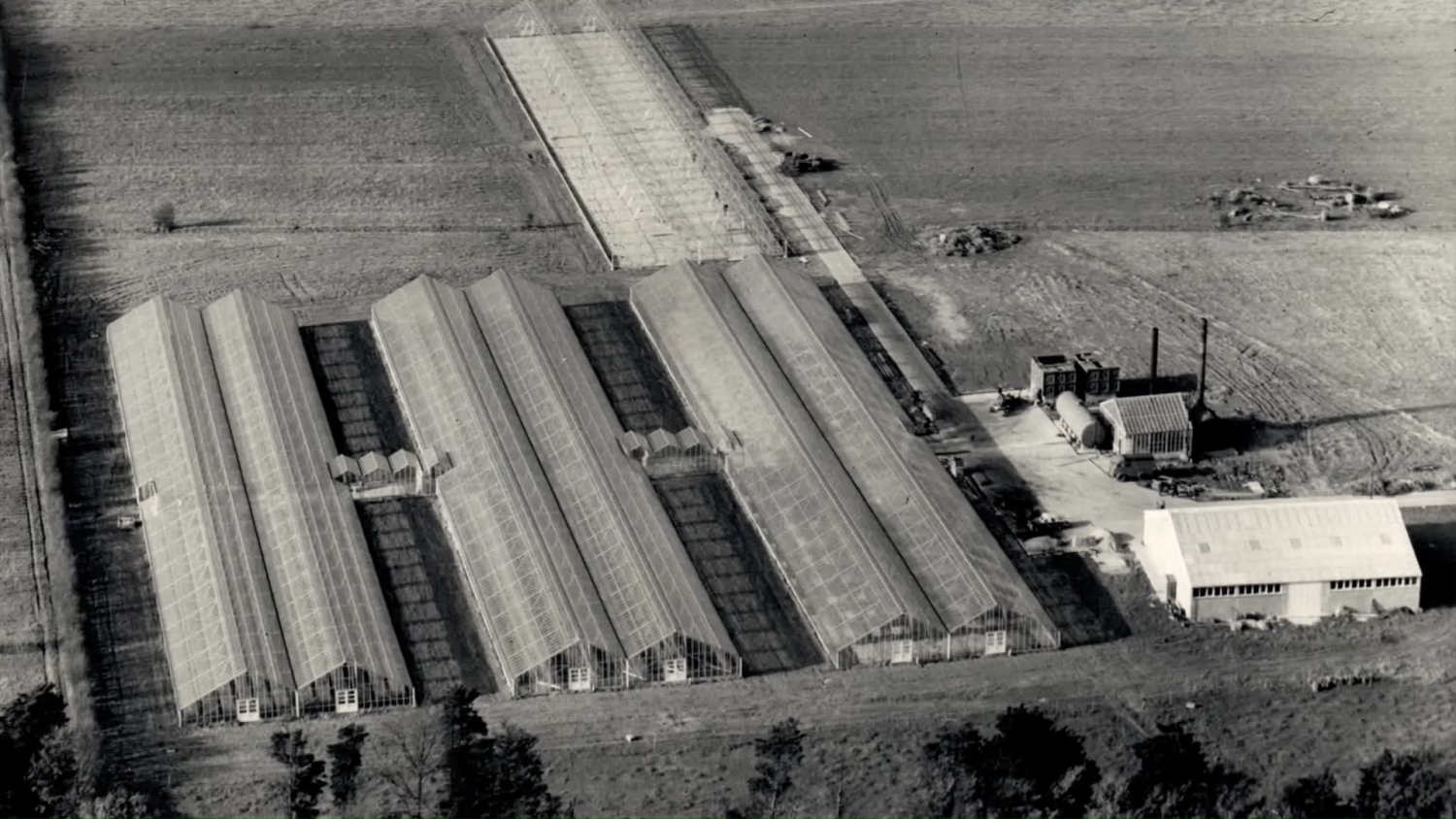
Snapshot from Lea Valley Growers' Association Film
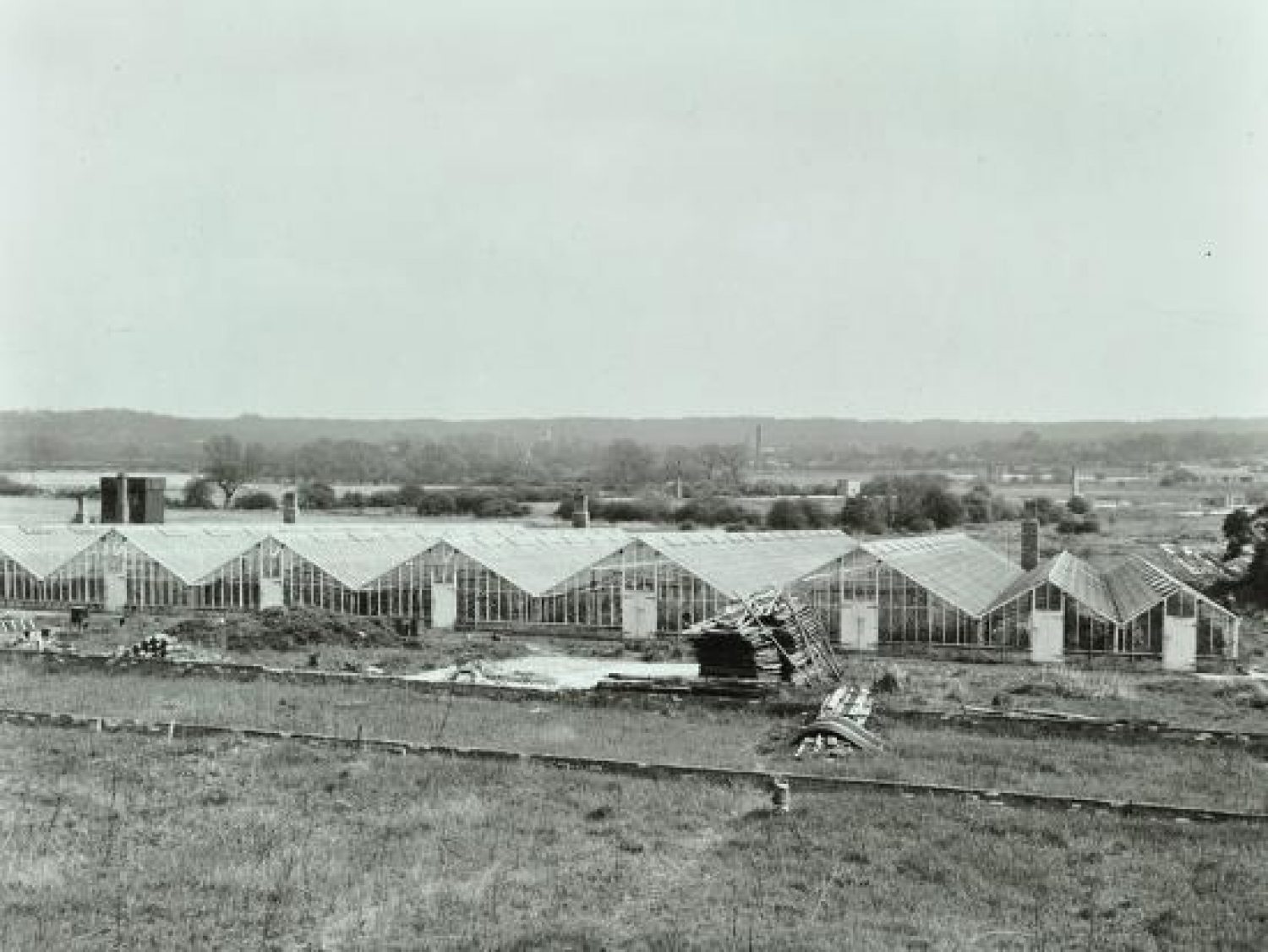
Lea Valley, Waltham Abbey, 1967
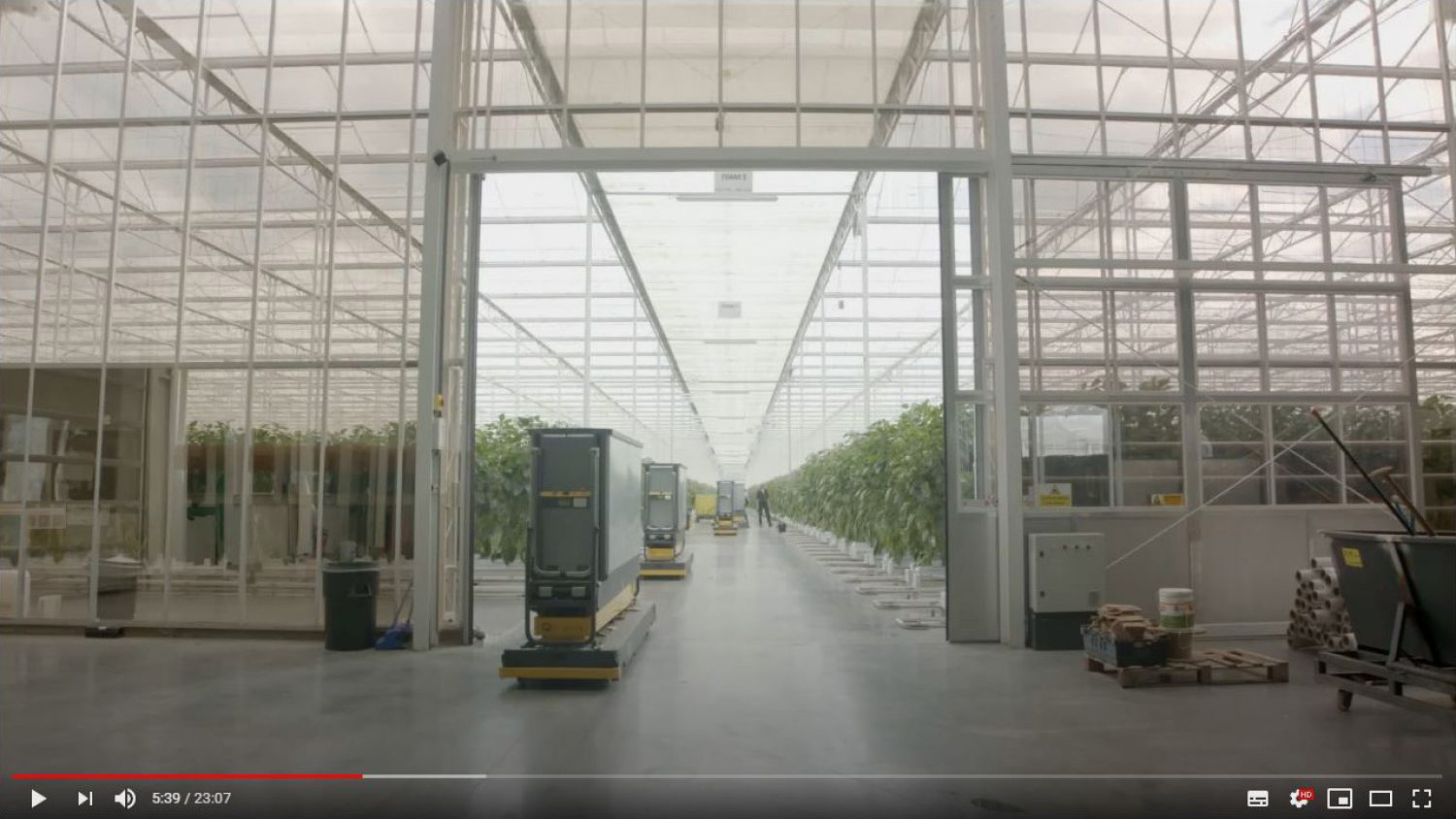
Glasshouse, 2019
Snapshot from Lea Valley Growers' Association Film
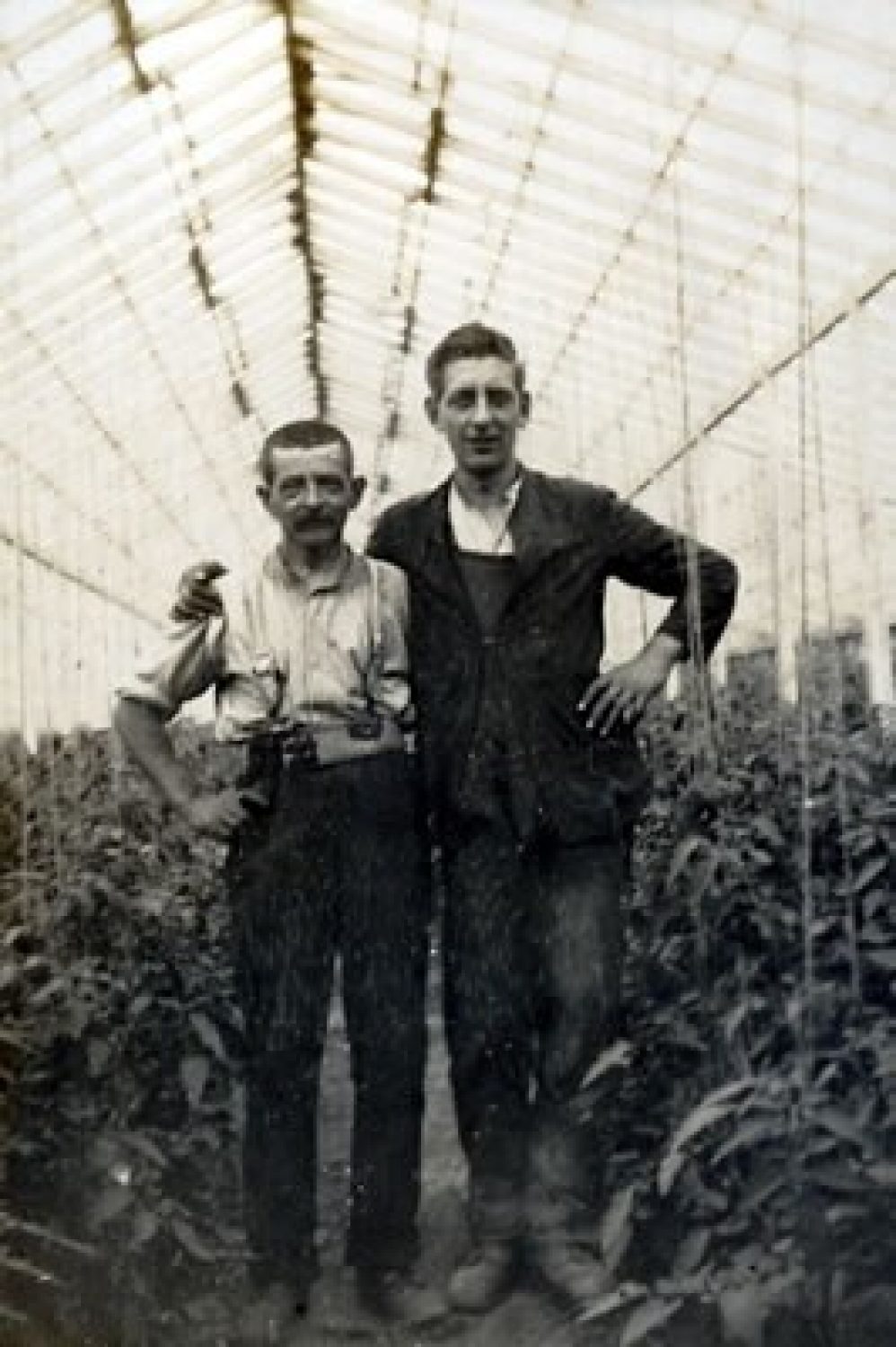
E. Tullet Honey Lane, Waltham Abbey, 1929
